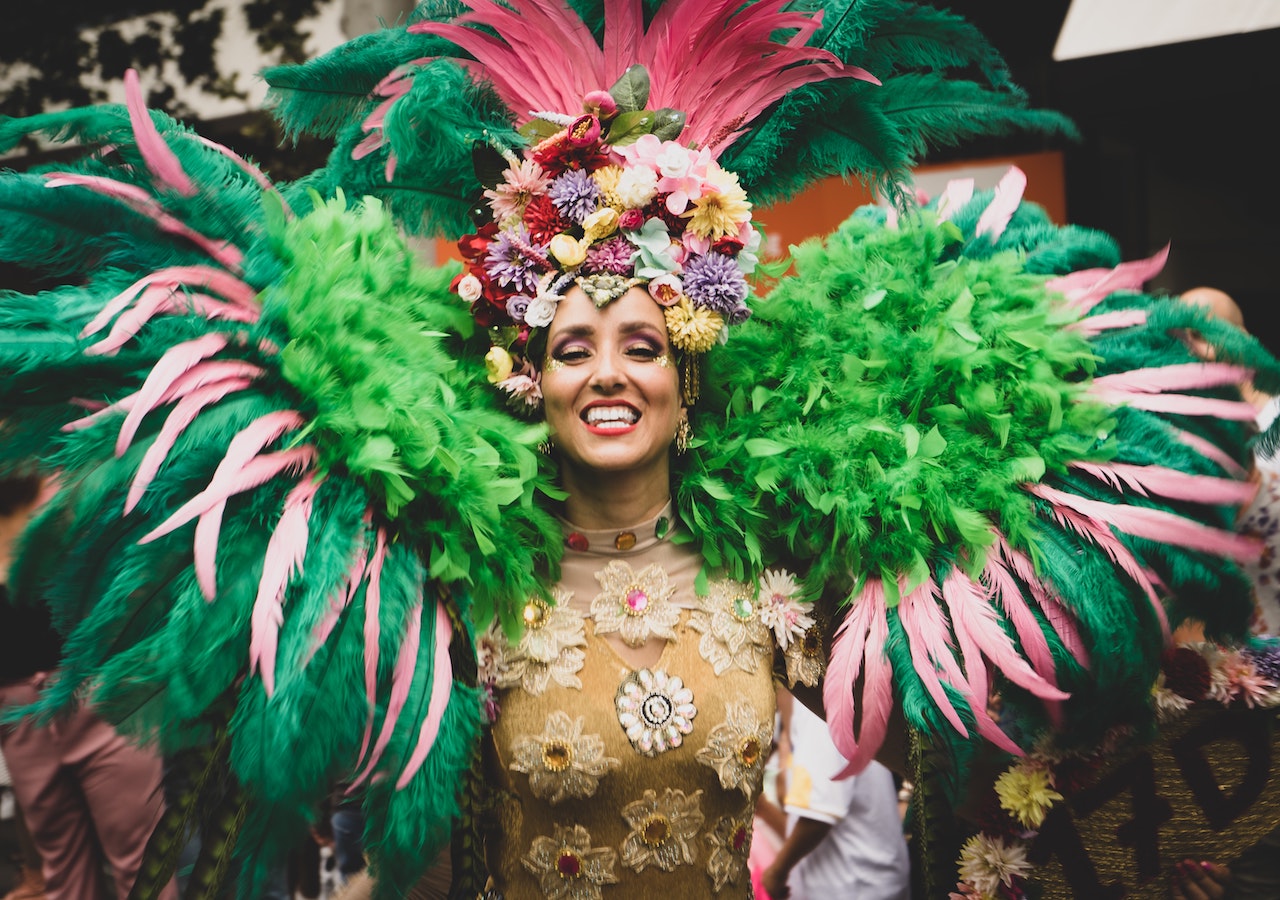



Carnival Celebrations Around the World
Carnival events are a sight to behold, with delicious food, entertainment, music, and outrageously colorful costumes. It's an event you won't want to miss, with everything from glistening feathered headpieces to wooden shoes. It's a chance for many people to let loose and enjoy one final time before Lent begins. For others, it's a way to pause and reflect on life's pleasures.
The Origins of Carnival
The origins of carnival can be traced back to ancient times when the end of the winter season gave people the last chance to eat plenty of food before the livestock started to perish. By the Middle Ages, Carnival was incorporated into Christian culture as a way to commemorate the 40 days of fasting that Jesus Christ practiced during the New Testament, which usually takes place in February or March.
Carnival Celebrations Around the World
While carnival celebrations are common in many cities and towns around the world, some regions have more elaborate and popular carnival celebrations. Let’s take a look at some of them now!
Rio Carnival – Rio de Janeiro, Brazil
Brazil hosts the biggest carnival event in the world, taking place in Rio de Janeiro every year. The event, which can be traced back to the early 1700s, involves around 200 million people.
The parades feature floats and colorful costumes, as well as performances by hundreds of samba schools and street bands. The Sambadrome, the most unique part of the Rio Carnival, is a purpose-built parade area surrounded by grandstands where samba schools parade in direct rivalry with one another.

Kölner Karneval – Cologne, Germany
The Kölner Karneval, or Cologne Carnival, attracts over a million visitors every year, making it one of the world's most important carnival celebrations. It occurs the week before Shrove Tuesday and features a number of fancy dress parades throughout the city.
Rosenmontag ('Rose Monday') is the main parade day on the Monday before Ash Wednesday, with more casual celebrations in the suburbs on Tuesday. The festivities include singing, dancing, and drinking, with street parades led by the Dreigestirn, a group of three persons dressed as a prince, farmer, and virgin.
Carnaval de Nice – Nice, France
The Carnival in Nice, France is one of the world's major carnival events, alongside Rio Carnival.
Every year, a different theme is chosen, and artisans make 18 floats and other miniatures out of traditional paper-mâché for the colorful procession. The parades take place at all hours of the day and night, and "flower battles" take place along the Promenade des Anglais.
Carnevale di Venezia – Venice, Italy
Consider Carnevale in Italy to be a large final party before Ash Wednesday, Lent's limitations, and Easter's more religious observances.
Carnevale is a big winter event in Italy that includes parades, masquerade balls, entertainment, music, and parties. Children toss confetti at each other, as well as flour and raw eggs on occasion. Mischief and pranks are common during Carnevale in Italy, which is why the term "a Carnevale ogni scherzo vale" (literally, "anything goes at Carnevale") comes to mind.

Farsang – Mohács, Hungary
The main event to celebrate Hungary’s Carnival season is Busójárás, which takes place in the town of Mohács, on the Danube River's banks. The locals dress up as "Busós" in big, frightening masks with horns and oversized teeth, as well as a sheepskin costume that covers the entire body from head to toe.
Villagers dressed up as Busós to frighten away invading Turkish armies in the 17th century, according to legend. The ritual is being carried out today as a celebration of that victory, and the Busós are tasked with giving the people a 'wake-up call' after the long winter.
Huge feasts, balls, parties, fireworks, and bonfires signal the commencement of the celebrations, which begin with a raucous march through the city with 500-odd Busós arriving in rowboats on the Danube River.
Although Busójárás is the most well-known and well-attended event, there are numerous other smaller events, festivals, and masked balls held during Hungary’s Carnival season.
Karnawał – Poland
Today's karnawał celebrations are not as grand as Rio or Venice, but that doesn’t make them any less enjoyable. Karnawał nowadays is widely considered as an excuse for drinking, indulging, and has recently become more commercialized, with retailers offering Carnival-season bargains.
The last week of the carnival, known as ostatki, is when true gluttony begins with tasty faworki and pczki. Faworki are deliciously crispy, ribbon-shaped pastries that crumble in your hands and have a delicate sweet flavor.
As addictive as faworki’s are, they can't compete with pczki. These are deep-fried yeast dough buns with rose jam, strawberry jam, advocate, or chocolate filling... They are glazed on top or dusted with powdered sugar and sprinkled with orange zest if that isn't enough. Yummm! On Tusty Czwartek (the last Thursday before Lent known as “Fat Thursday”), these treats have people lining up in front of bakeries as early as 3 a.m!
Want to know some more Carnival traditions that we haven’t mentioned? Chat with a Tandem partner to gain insight into other cultures all while practicing the language you’re learning! Download now for free!



